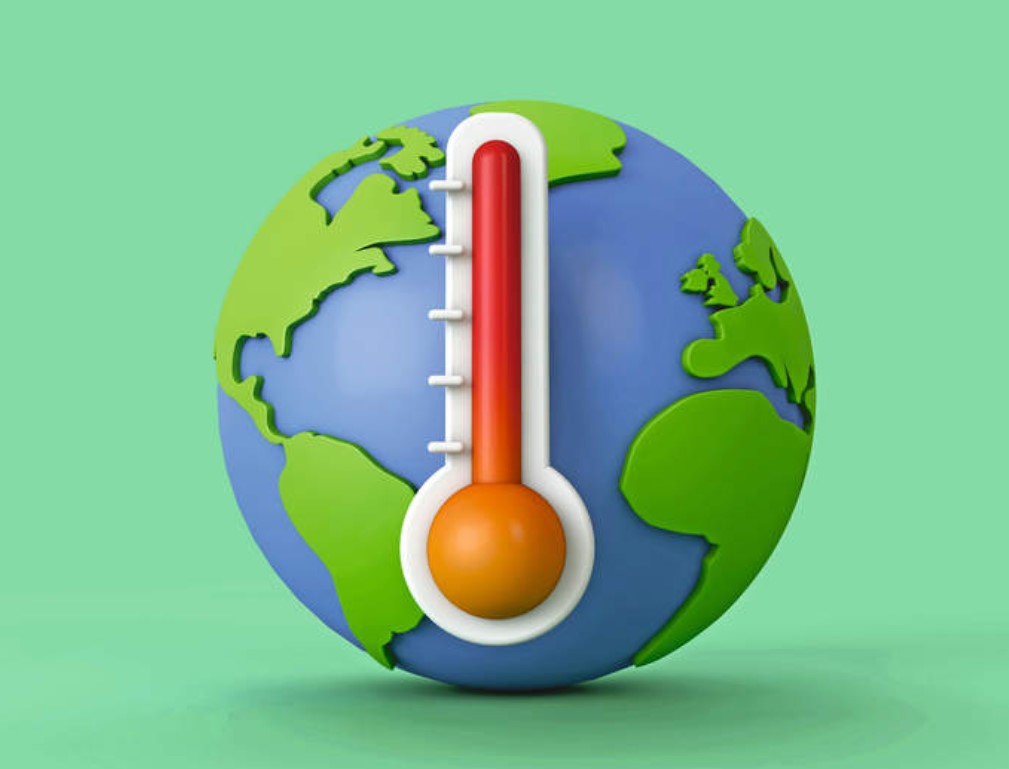
Climate change has become a hot-button issue in America, and addressing it can become politicized. However, Edward Cohen, assistant director for Rutgers University’s Center for Mathematics, Science, and Computer Education, has advice for educational professionals looking to broach the subject as his office has incorporated it into its professional development program.
For his efforts to help educators at all levels lead classroom discussion on climate change, Cohen was awarded Best Example of Professional Development in Higher Education, one of Tech & Learning Innovative Leader Awards, at the recent Northeast Regional Leadership Summit in New Jersey.
Cohen’s work on climate change at Rutgers meshes with New Jersey’s proactive climate change stance. “New Jersey has the strongest climate change standards in the U.S. right now,” Cohen says. In fact, it’s the first state to introduce climate-change education into all of its K-12 curricula.
The state developed an interdisciplinary approach to problem-based learning when the need arose for every subject area being able to support climate instruction across their content, Cohen says. This allowed for novel approaches and collaborative efforts for teachers in different disciplines to create integrated units for students, which can serve as a model for other education institutions.
Using Driving Questions To Teach Climate Change
Cohen has the benefit of working with a state climatologist group at Rutgers, using some of the resources they have and sharing their data, which is used to develop driving questions. For example, one recent question concerned annual water level rises in the Garden State. The state sees twice the average annual sea level rise.
“It’s a phenomenon that's thought-provoking, especially for a state with such a large coastline in such a large industry with tourism and fisheries and with people living so close to the coast,” Cohen says.
Researchers and educators are curious why New Jersey has an annual sea level rise of 40 centimeters compared to its neighbor New York, which has an annual rise of 30 centimeters. “Having that driving question gets people interested and excited about looking at data and explaining why this is actually happening,” Cohen says.
Climate Change PD and Discussion with Teachers
Cohen recently welcomed K-12 teachers to a conference during which they were paired with university faculty. The teams collaborated and devised best practices for teaching climate change at the K-12 level and at the college level. They also explored data analysis about historic redlining and climate disparities.
All of this work prepared them to go back to the communities they serve with new insights. “Framing the problem in multiple ways for people helps all learners,” Cohen says.
Introducing climate change discussions into PD poses a different challenge. When working with educators, Cohen makes them comfortable by creating a safe environment so they can raise their concerns, making sure they feel free to be open, and ask questions. “People are individual experts in their own content areas, but for this one global, real challenge, we don't have a solution that will work currently,” he says. This is how creative thinking comes into play.
Thoughts about climate change can be stressful, and cause anxiety for educators and students. “For some of our workshops, we bring in social workers,” Cohen says. The main focus is to provide the necessary resources for educators so they are empowered and comfortable to work with students.
Inspiring Students
Enlisting students’ support or galvanizing them is not difficult as studies show climate change is important to them. “Thinking about it from students’ standpoint, these kids are inheriting a world that is changed by climate,” Cohen says. The younger generations are the most active when it comes to raising awareness about this issue and demanding changes to resolve it.
Cohen recounts an experience working with high schoolers in which there was discussion about purchasing a first vehicle that has less of an impact on greenhouse emissions as a way to mitigate the effects of climate change. They talked about choices the people can make as consumers and the conversations had real-world impact. Afterward, one student decided his first car should not be an SUV.
“We have to encourage kids to be individually, community, and nationally focused,” Cohen says.







